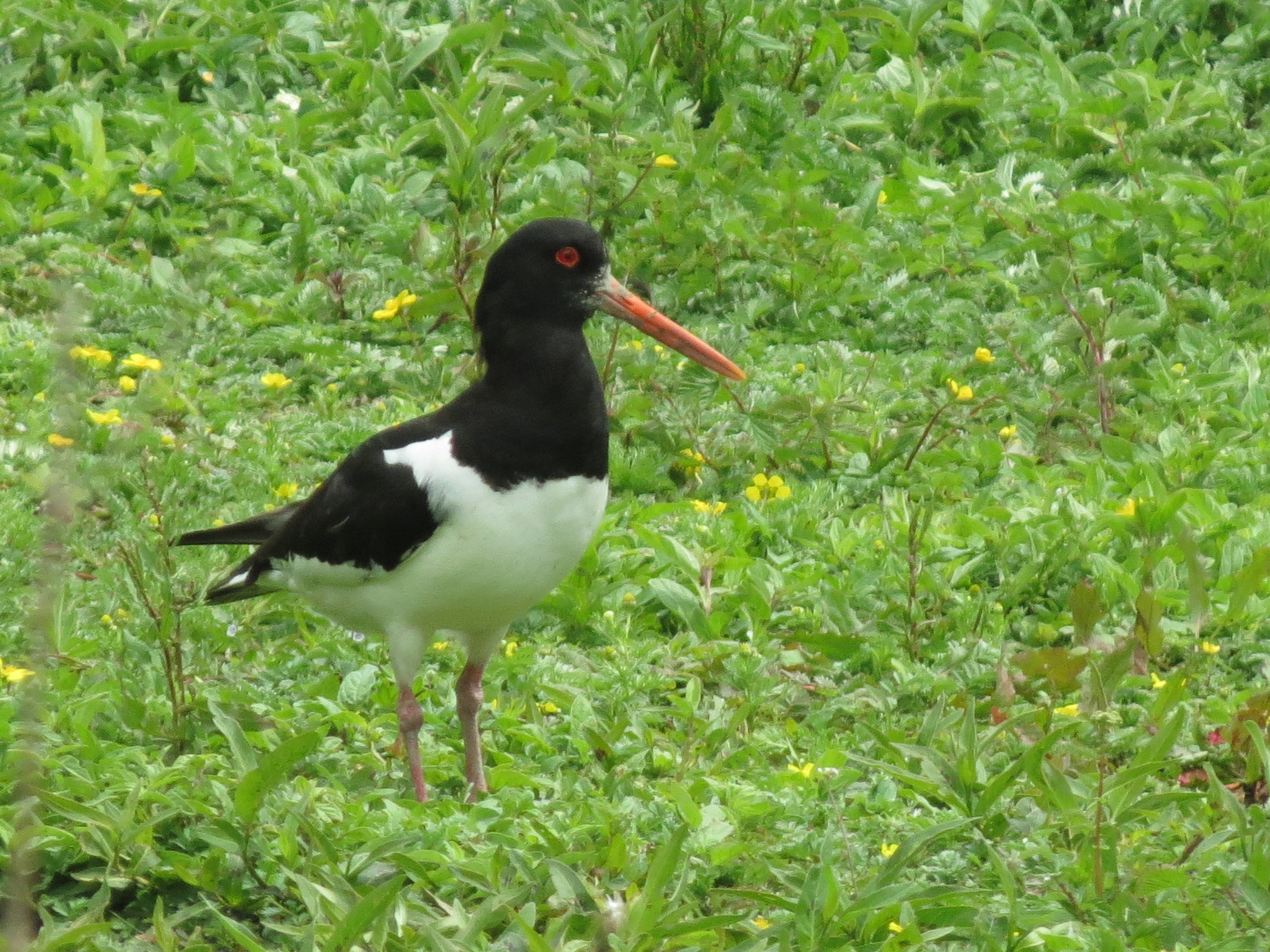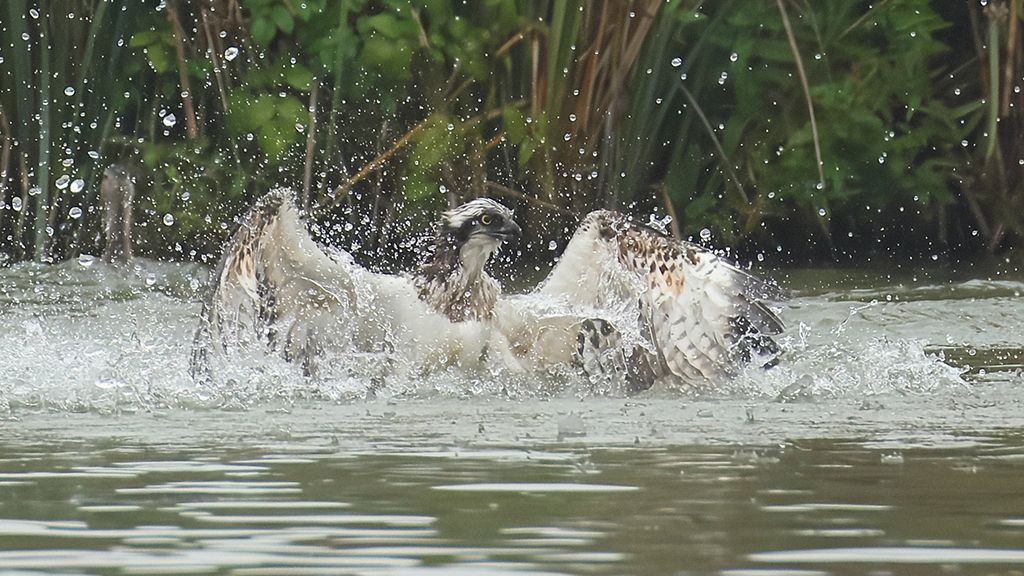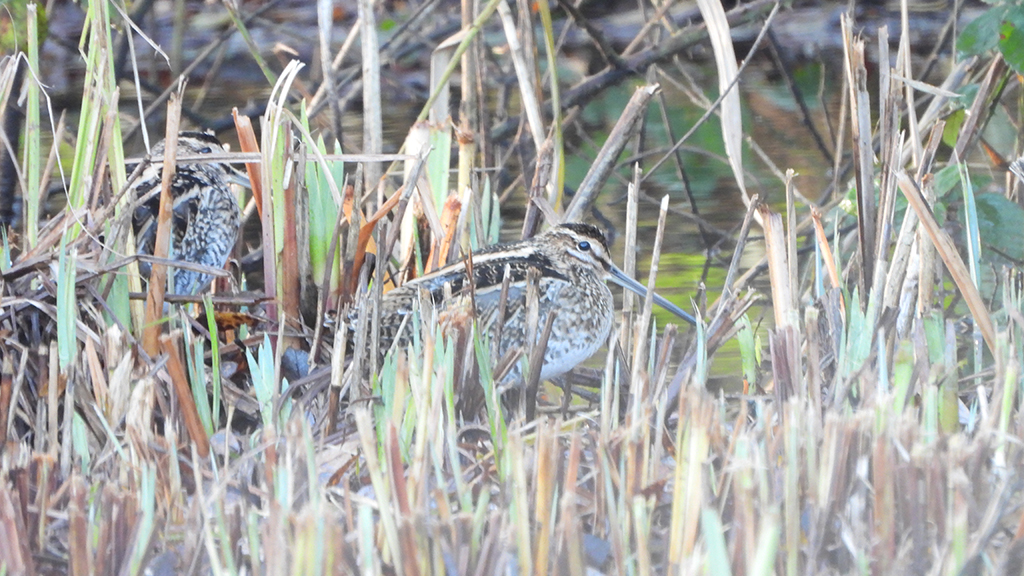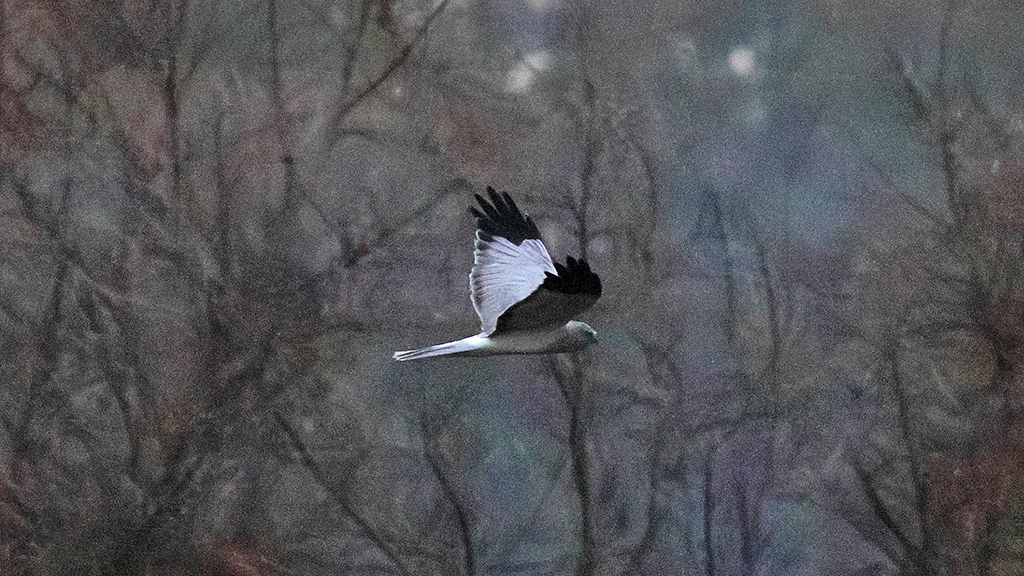Oystercatchers nesting again

Nature notes with Reserve Manager Paul Stevens:
A pair of oystercatchers at Sand Martin hide, on the gravel island to the left are flicking stones, maybe to try another nest?
The other pair of oystercatchers are nesting in the Tundra exhibit, where they nest on the shingle last spring. They are on eggs.
Water voles are more visible, I spotted two this morning at Dragonfly pond entrance to the Reedbed boardwalk and on central long path ditch. Lots of signs of water vole activity like feeding piles and latrine usage. Recent water vole survey shows activity on the artificial latrines is at 36% similar to what it was two years before our peak population in 2014.
Last Friday a WWT warden spotted a sand martin flying around near the Ramsar hide. Hopeful the martin is from the Sand Martin hide or checking out the Sand martin hide nesting bank.
Shoveler near the Scrape hide seen with one duckling.
Mute swan pair from Wetlands Discovery hatched six cygnets, a pair of must swans near the Sussex Screen are still on nest.
Male cuckoo is still calling. Its peak time for nesting reed warblers so crucial time for female cuckoos looking to toss a warbelrs egge and lay in their nests - so look out for female cuckoos.
Five tufted ducklings have been seen on Arun Riverlife Sat 2 June. Here come the tufties!
Emperor dragonflies are emerging now
Marsh orchids flowering in the Meadow maze
Common spotted orchids flowering opposite Ramsar hide off the path
Bird's-foot trefoil is flowering - that should attract common blue butterflies, food plant of their caterpillars
Meadows are full of ox-eye daisies in flower.



